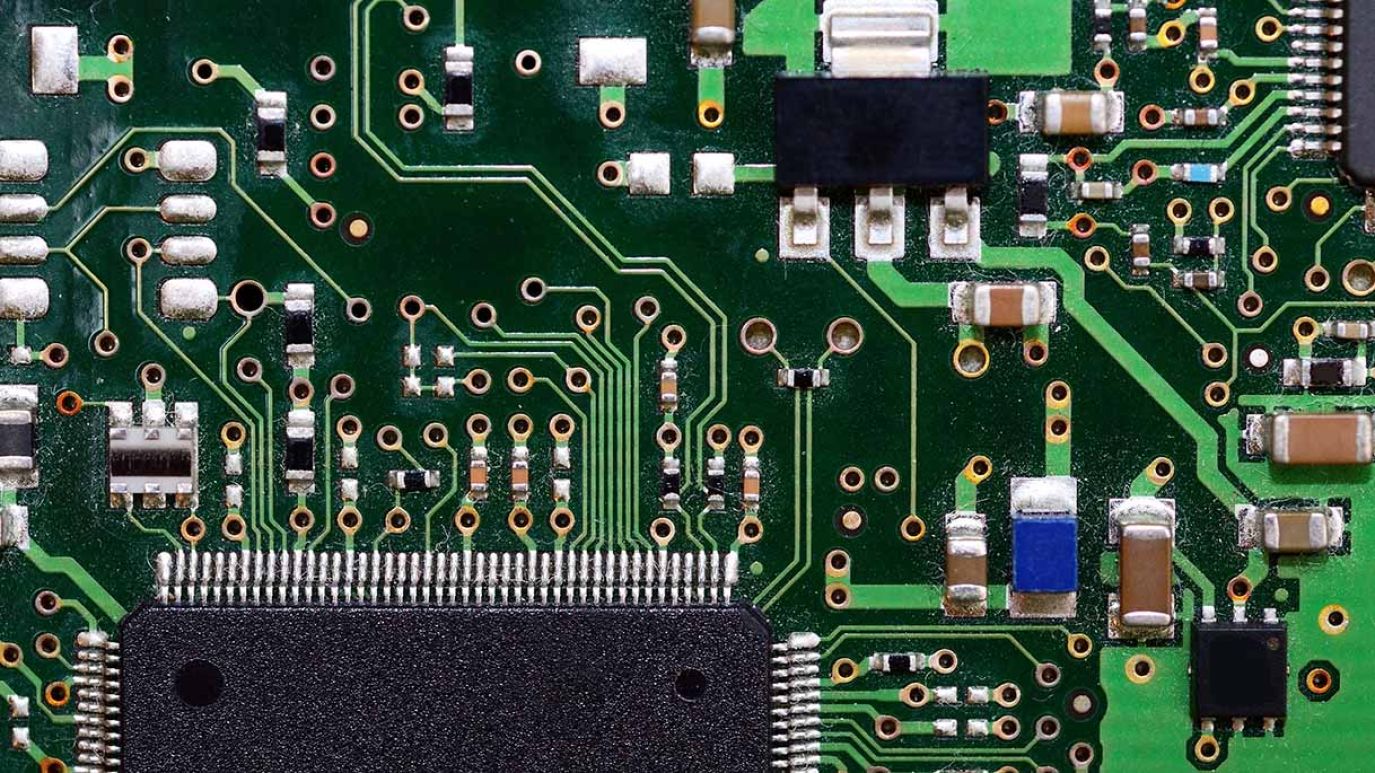The Netherlands imposes restrictions on the export of chip-making equipment to China

New export controls imposed by the Netherlands will limit ASML Holdings NV exports of advanced chip-making equipment to China.
On 30 June 2023, The Netherlands announced new export controls that will require ASML Holding NV – which has a near global monopoly on advanced chipmaking machines and is Europe’s most valuable technology company – to apply for a license to ship some deep ultraviolet lithography (DUV) systems to China.
While the new regulation does not specifically mention ASML or China, it follows months of pressure from the US to bring the EU, UK, and Japan in line with its own ban on chip and technology exports to China. The new rules are expected to take effect on 1 September 2023.
A fresh blow to China’s semiconductor aspirations
The restrictions are aimed at limiting shipments of three models of the company’s machines – TWINSCAN NXT:2000i, the NXT:2050i and the NXT:2100i, which are all immersion DUV models – and deal a fresh blow to China’s semiconductor industry. ASML is, arguably, the most important component of the semiconductor supply chain, and China is one of its largest customers. ASML stated that it would not be updating its financial projections as a result of the Dutch measures, and instead, would seek more business with other countries.
Extreme ultraviolet (EUV) lithography machines from ASML, used to produce cutting-edge chips for smartphones and artificial intelligence applications, were already banned for export to China.
The announcement follows pressure from Washington on countries with leading chip-making capabilities – namely the Netherlands and Japan, which along with the US have the expertise to make the most advanced chips available – and a reported high-level agreement between the three allies aimed at restricting China’s ability to manufacture its own chips as part of its plans to become a global technology leader. Washington has some leverage over the Netherlands as US companies supply some of the equipment required by ASML to produce DUV systems.
ASML’s lower-end NXT1980i, which can be used for 10-nm node chips, is still allowed for sale to China. However, Washington is reported to have plans to restrict even this technology, which would have significant consequences for China’s chip-making capabilities. Beijing has set a strategic goal of becoming 70% self-sufficient in making semiconductors by 2025. Dutch officials note that the restrictions address “national security concerns” rather than favor US chip-related companies.
Escalating technology war
The measures are part of the growing technology war between China and the West. In March, Japan’s Ministry of Economy, Trade and Industry (METI) imposed export controls on six categories of equipment used in chip manufacturing, including cleaning, deposition, lithography and etching. Without specifying China, METI indicated that all chip equipment manufacturers would have to seek permission for exports to all countries.
In response to the Dutch decision, Chinese officials said that it “firmly opposes” the restrictions and described it a result of “bullying and hegemony” by the West. According to Western media reports, the Chinese embassy spokesperson in the Netherlands slammed the new Dutch move, calling it “an abuse of export control measures.” The new limits hurt the reputation of the Netherlands in supporting free trade, the spokesperson said, adding that China calls on the Western country to “immediately correct its wrongdoings.”
On 3 July 2023, China took retaliatory measures by announcing that from 1 August 2023, permission would be required for exports of some gallium and germanium compounds. Gallium is a soft silver metal used to produce compound semiconductor wafers for electronic circuits, semiconductors and light-emitting diodes, while germanium is used in the manufacturing of fiber optics.
China retaliates with a Gallium and Germanium export ban
Neither metal is found naturally – Gallium is a by-product of processing bauxite and zinc ores, while Germanium is formed as a by-product of zinc production. Although other countries have the facility to produce both metals, and neither is particularly rare, none can match China’s economies of scale and low-cost production. Gallium and germanium can be costly, technically challenging, energy-intensive, and environmentally polluting.
According to the US Geological Survey (USGS), China produced 98% of the world’s Gallium in 2022 and in the same year was the world’s leading producer of Germanium, accounting for 68% of global refinery production.
Around 95% of all Gallium is converted into Gallium arsenide, a compound used in semiconductors and blue/violet LEDs. Gallium nitride is used as a semiconductor in Blu-ray technology, mobile phones, and pressure sensors for touch switches. China’s move likely to have little impact on the global supply of the two metals but is considered a “shot across the bow” towards Western countries and a warning of their retaliatory options.
Pamir Consulting offers strategic consulting and advisory services centered on market risk assessment to companies that are seeking to invest or have already invested in China. Our services deliver a comprehensive view of current and emergent risk – for the complete supply chain and stakeholder ecosystem - based on a unique overview of the Chinese market and an innovative research methodology.
The core pillars of our portfolio include: data discovery and access, geopolitical and insider risk analysis; research and reports; and 360° strategic planning. Contact us today to find out how we can help you understand China’s risk environment – and safely navigate your way to success.
China’s 5G influence in developing economies
China’s Belt and Road Initiative and its digital counterpart, the Digital Silk Road, threaten to displace US telecom and tech companies in developing economies in Africa, Latin America and the Middle East. How can US operators and network providers stand up to the challenge?